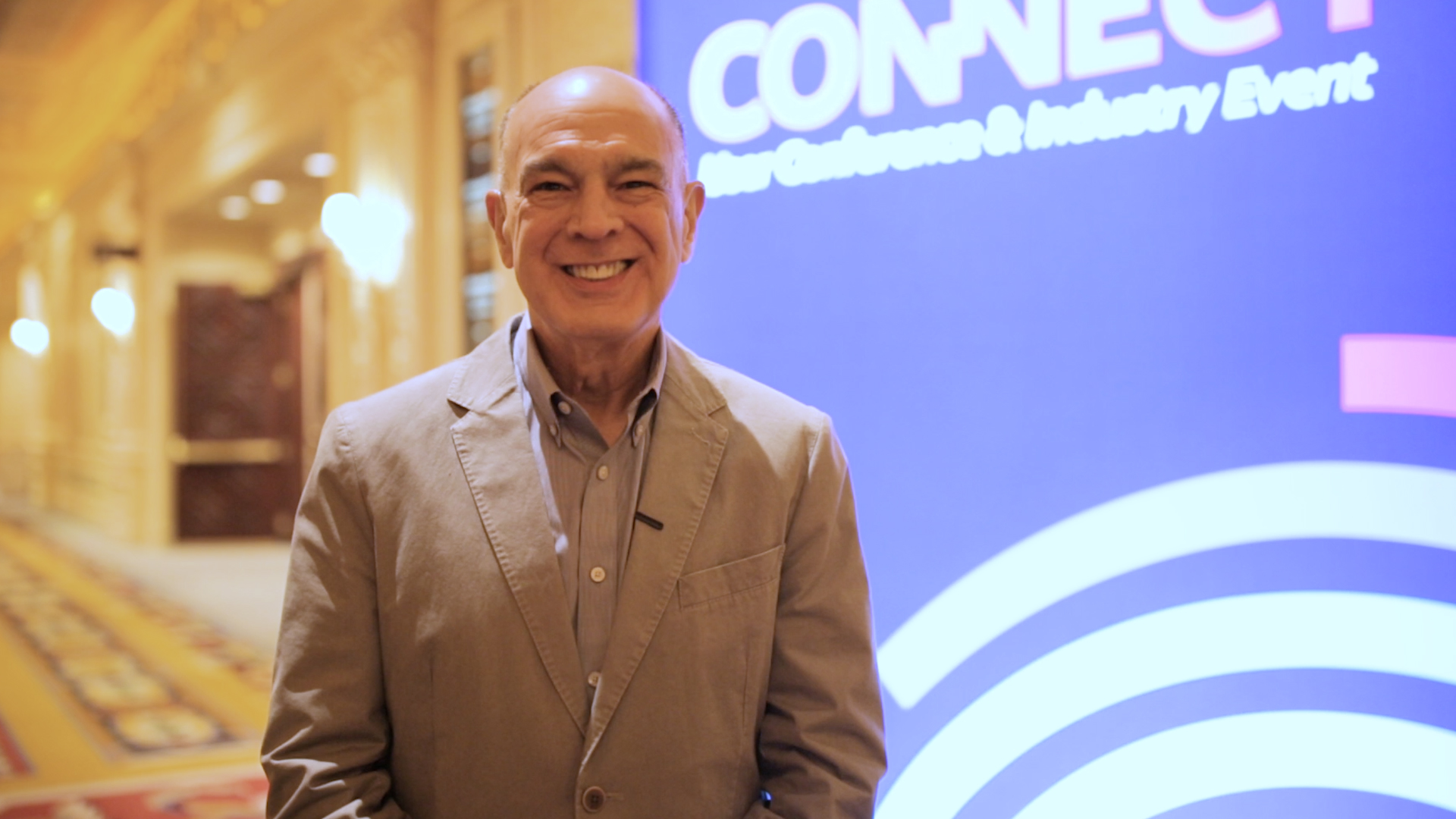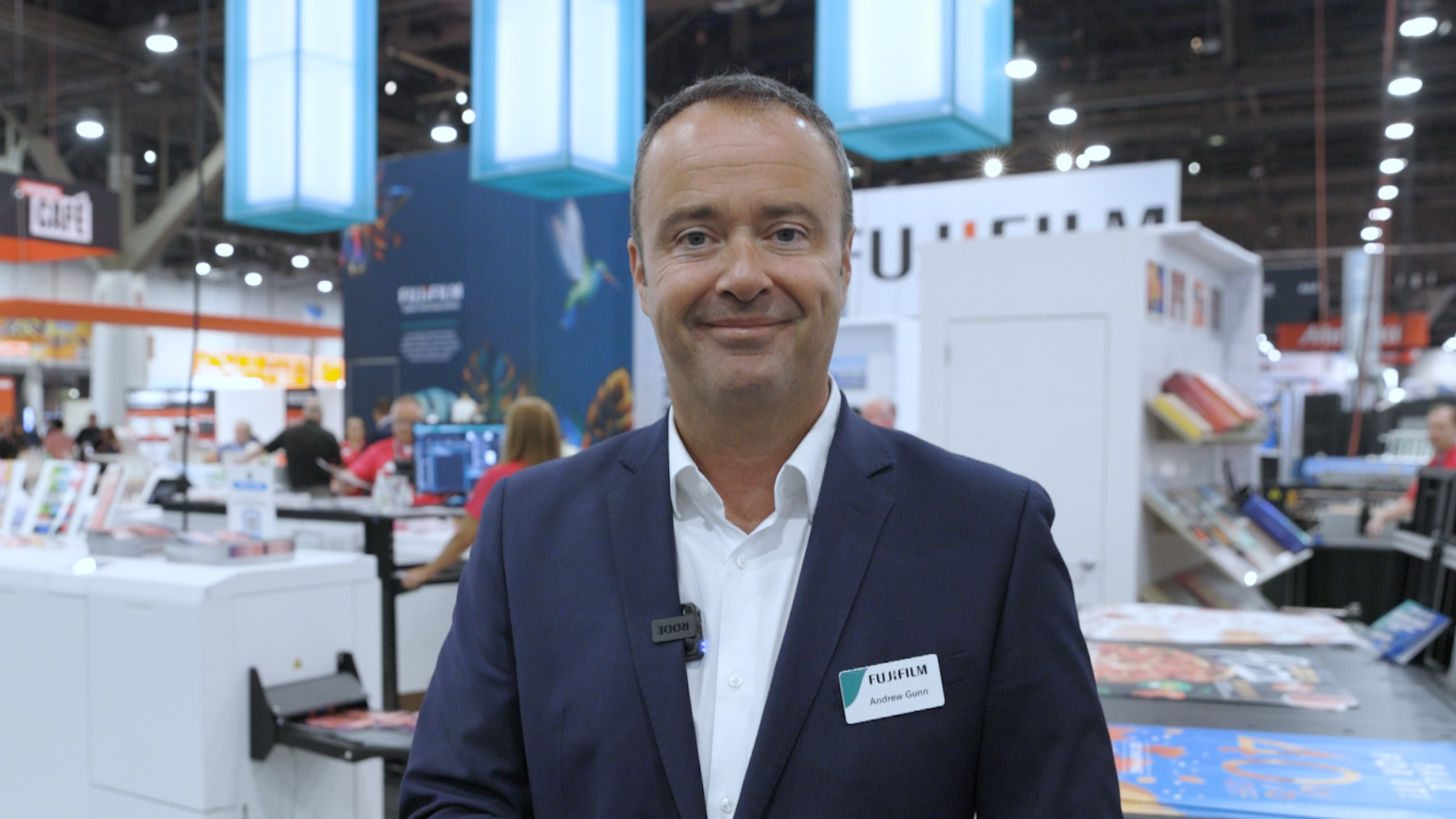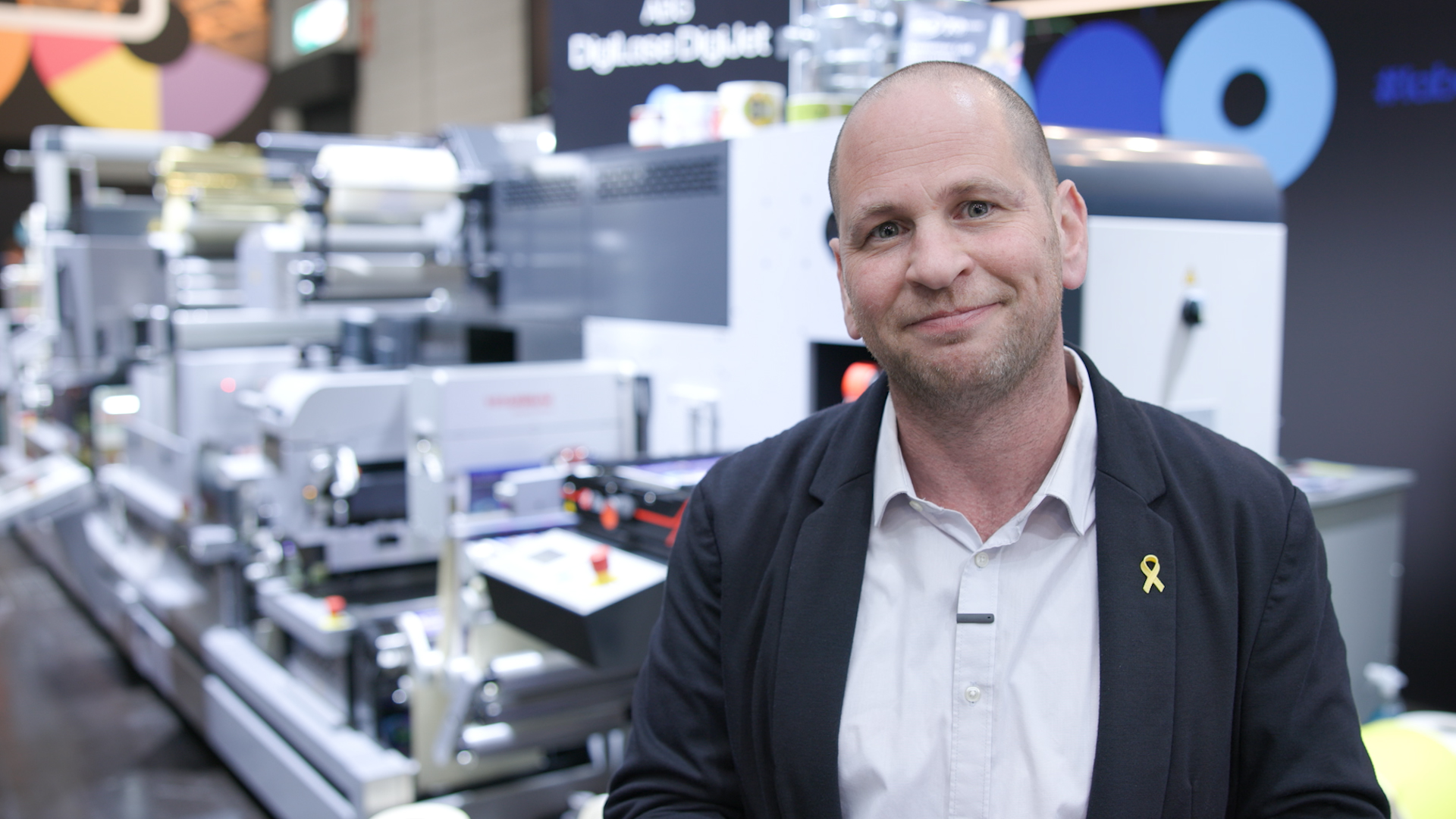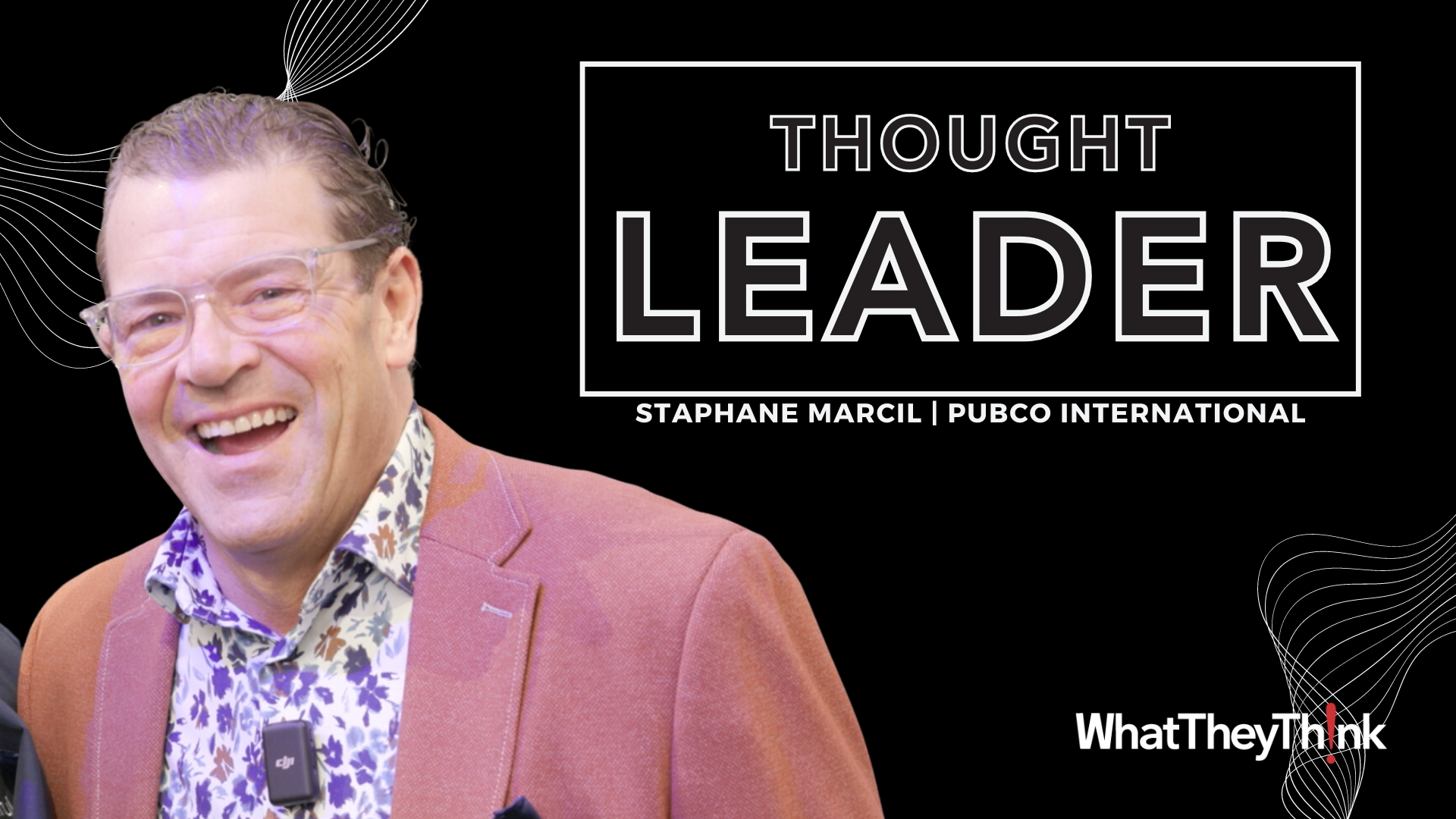
Recently, we had the privilege of collaborating with Kristine Go, founder of Pattern Curator, a Print forecasting and design service concept based in New Jersey. She shared her insights as a seasoned trend forecaster, giving us a fascinating glimpse into the future. Let's dive in!
The Evolution of Pattern Curator & Go Design Studio
Kristine Go’s journey began 10 years ago with the launch of Pattern Curator, starting as a blog and growing into a highly reputable design service. Specializing in color, print, and pattern trends, Pattern Curator turns innovation into action. In January 2024, Kristine expanded her influence by launching Go Design Studio, a print designers’ collective further amplifying her impact on the design world.
Looking ahead, Kristine identified key macro trends for both the Spring/Summer 2025 and Fall/Winter 25/26 seasons. From “Atmospheric Refraction” to “Crafted Elevation,” these tantalizing concepts promise a future filled with color, creativity, and style.
Download the Pattern Curator Trend Spotlight
Kristine Go’s trend forecasting presents profound implications for the market, emphasizing the need for industries to attune themselves to the evolving consumer psyche.
The adoption of the Slow Movement, especially, holds the potential to revolutionize sectors by promoting sustainability and mindfulness, affecting everything from manufacturing practices to marketing strategies. This pivot towards more conscious consumption challenges brands to innovate, not just in product development, but in storytelling, creating experiences that resonate deeply with consumers’ growing preference for authenticity and environmental stewardship.
In this landscape, the brands that thrive will be those that can seamlessly integrate the values of tradition and innovation, offering products that are not only aesthetically pleasing and functional but also embody the principles of sustainability and social responsibility.
The ongoing dance between creativity and commerce is thus becoming more intricate, requiring a delicate balance to achieve commercial success without compromising on creative integrity or societal values.
Industries are now at a pivotal juncture, where transitioning towards sustainability and ethical practices is no longer optional but imperative for long-term success. This shift is particularly significant in the fashion, food, and technology sectors, where consumer demand for transparency, sustainability, and ethical production processes has surged.
Companies are compelled to re-evaluate their supply chains, reduce carbon footprints, and ensure fair labor practices to meet this new consumer standard.
Additionally, the design industry faces the challenge of reinventing products that not only appeal to the aesthetic and functional desires of consumers but also align with the principles of environmental stewardship and social responsibility. This evolution is driving innovation in materials science, encouraging the use of recycled and sustainable materials, and exploring new ways of production that minimize waste and energy consumption.
The ripple effect of this shift is transforming market dynamics, compelling brands across all sectors to adapt or risk obsolescence. The industries that harness these insights and integrate them into their strategic planning are setting new benchmarks for success, leading the way towards a more sustainable and conscientious marketplace.
The fashion industry, in particular, has been profoundly influenced by the rising tide of the Slow Movement, marking a significant departure from its traditional fast-fashion model.
This shift toward slow fashion embodies a commitment to sustainability, ethical production methods, and quality over quantity. Consumers are increasingly valuing garments that are environmentally friendly, made from sustainable or recycled materials, and produced in facilities that ensure fair labor practices. In response, many brands are adopting a transparent approach to their supply chain, highlighting the origins of their materials and the conditions under which their goods are manufactured. This transition not only caters to the ethical considerations of consumers but also sets a new standard in the industry for responsible fashion.
By prioritizing longevity and reducing waste, the fashion sector is innovating with designs that are timeless and durable, challenging the traditional business model predicated on seasonal trends and disposable clothing. This evolution towards a more sustainable and ethical approach is reshaping consumer expectations and forcing a redefinition of luxury and value in fashion.
The interplay between technology and the revolution in sustainable fashion is both profound and reciprocal. Advanced technologies are catalysts for innovation in sustainable fashion, facilitating the development of eco-friendly materials, energy-efficient production processes, and precision in supply chain management.
Digital platforms and blockchain technology, for instance, empower brands with the transparency needed to showcase their commitment to ethical practices and sustainability. These tech-driven approaches enable a meticulous tracking of a garment’s lifecycle, from raw material extraction to the end product, thus assuring consumers of their ethical choices.
Furthermore, the rise of virtual reality (VR) and augmented reality (AR) offers immersive experiences, allowing consumers to visualize the impact of their purchases on the environment and society. Artificial intelligence (AI) and machine learning algorithms optimize inventory management, reducing overproduction and waste. This symbiotic relationship between technology and sustainable practices in fashion is not only redefining the industry’s operational standards but also enhancing the consumer’s buying experience, ensuring a future where fashion sustains both style and the planet.
Despite these advancements, the path towards fully sustainable fashion is fraught with challenges. One of the primary hurdles is the higher cost of sustainable materials and scarcity of eco-friendly production processes, which can lead to increased retail prices for consumers.
This price disparity can deter a significant segment of the market, particularly in economies where cost is a major purchasing factor.
Additionally, the complexity of achieving full transparency in the supply chain remains a significant obstacle. Many brands struggle to trace every component of their products due to the extensive and fragmented nature of textile production.
On the flip side, these challenges present vast opportunities for innovation and collaboration across the industry. There is a growing demand for affordable sustainable fashion, which could drive economies of scale for eco-friendly materials as demand increases.
Advancements in technology offer potential solutions to supply chain transparency, such as more sophisticated blockchain applications capable of documenting and verifying every step of the manufacturing and distribution process.
Lastly, consumer awareness and demand for sustainable products are on the rise, indicating a market shift that could lead to increased investment in sustainable fashion technologies.
The interplay between consumer behavior and technological innovation could significantly accelerate the industry’s transformation, making sustainable fashion not just a niche market, but a worldwide standard.
“For SS 25 Augmented Agility color and prints are inspired by the surreal digital world and its influence on the real world. We are living in a multi-sensorial interactive world that merges computer generated content with reality. This exaggeratedly vivid aesthetic brings together synthetic hues and artificial effects that are integrated into the natural environment.” —Kristine Go, Pattern Curator

(Images courtesy of Pattern Curator)















Discussion
Join the discussion Sign In or Become a Member, doing so is simple and free